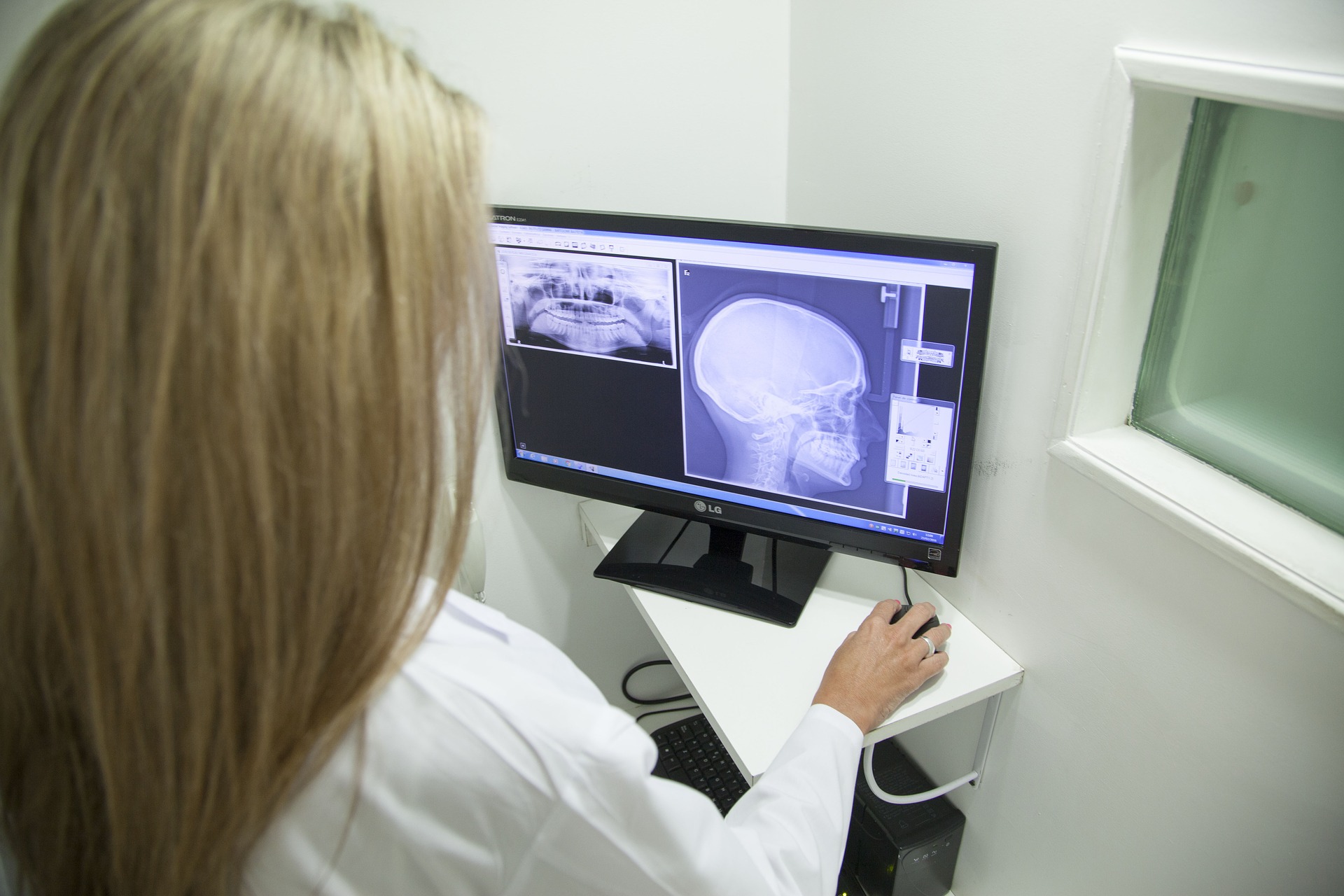Three stages of periodontal therapy in Newmarket entail; the first is the diagnosis, the second treatment, and the third maintenance. Although periodontal therapy varies from patient to patient, it involves these three stages in every case.
Diagnosis
The first stage shows why receiving checkups every six months is critical. Without regular visits to the dentist, it is impossible to receive a timely diagnosis, which is especially important with periodontitis. There are a few signs in the early stages — you may notice that your gums bleed or feel tender when your brush your teeth, and you may have bad breath, but there are a few other symptoms.
Our dentist will diagnose periodontitis by measuring the pockets between your teeth and gums. Deep pockets, along with inflammation and loss of teeth, are indications of periodontitis. Our dentist near you will also perform an X-ray of your mouth to check the condition of your teeth under your gums and jawbone.
Treatment
Once your dentist has the diagnosis, treatment can begin. You already receive a professional cleaning at your checkup, but if you risk gum disease, your dentist will combine this with scaling and root planing — cleaning under the gums and making teeth smooth. It reduces space for bacteria to build up.
If you are already suffering from periodontitis, you need surgical treatment. Flap surgery involves cleaning under your gums and suturing them back in place. If the bone is damaged, you will also need a bone graft; if there are any missing tissues, you may need a tissue graft.
Maintenance
The last stage is maintenance. It stops periodontitis from recurring. You must return to the clinic more frequently than usual for your dentist to monitor your gums’ health and receive regular cleanings. Our dentist will also provide additional recommendations to improve your oral hygiene.

